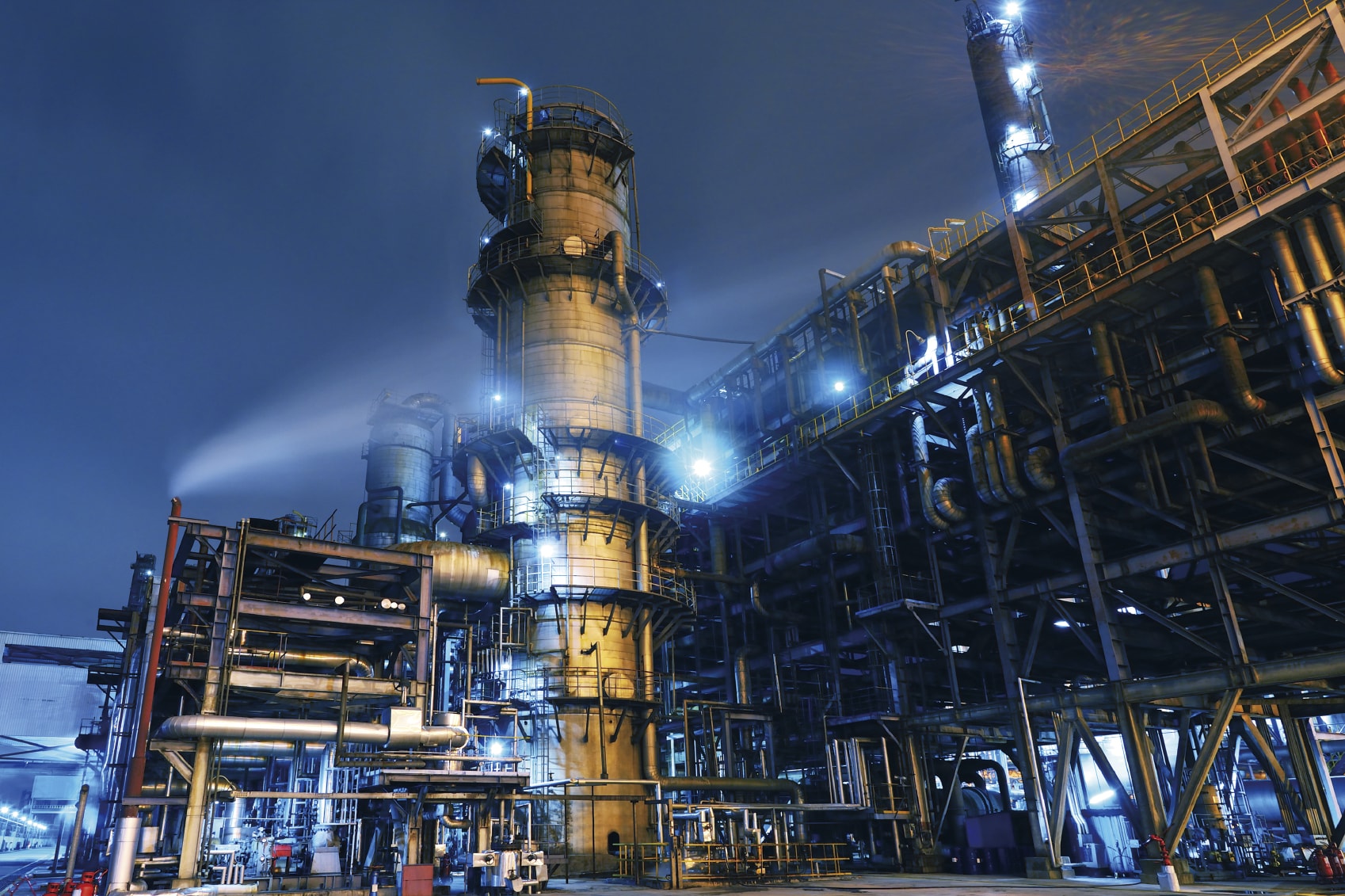Oil markets, while rebounding, still face plenty of headwinds.
First, global demand growth remains rocky.
The International Energy Agency (IEA) recently released a report outlining an unexpected trend: demand growth hasn’t kept up its historical pace. While growth was expected to ease over the next few decades, it’s now slowing at a pace faster than previously thought.
Second, North American shale projects could potentially keep oil below US$50 a barrel for years to come.
According to a report by the Bloomberg Intelligence, nearly half of the wells located in the Permian Basin and Eagle Ford can remain profitable even when crude prices fall below US$30 a barrel. A whopping 85% can maintain profitability with prices at US$50 or below.
Third, OPEC continues to pump aggressively.
This summer both Saudi Arabia and Russia posted all-time highs in production (10.5 mbpd each). OPEC and Russia expect an output-capping agreement to be presented at the end of next month, but, according to analysts at Cenkos Natural Resources, “Doubts linger about OPEC’s ability or willingness to implement any production cuts.”
How can you remain invested in energy while mitigating your exposure to lower-for-longer oil prices?
An energy company with a major advantage
As a midstream player, Gibson Energy Inc. (TSX:GEI) provides necessary services and infrastructure no matter what oil prices are, such as refining, distribution, terminals, and pipelines.
One of the most attractive aspects of this business is that it is largely volume based, so while the underlying price of oil may fluctuate, Gibson can maintain its margins. In fact, only 17% of its revenues are directly tied to the price of commodities.
This unique business model has allowed it to survive the past 60 years of operation, all with low leverage, a growing dividend program, and a track record of disciplined capital allocation.
Because Gibson can turn a profit regardless of oil prices, it has a consistent stream of cash flow to put towards growth projects, acquisitions, and dividends. It has seven major projects that are expected to come online between late this year and early 2018. Roughly 85% of its infrastructure under development is underpinned by long-term, fixed-fee, take-or-pay contracts
Over the past 12 months the company has generated over $345 million in profits, resulting in about $135 million of distributable cash flow. This leaves plenty of cash to dedicate towards acquisitions, most of which should come at very attractive prices. Having excess cash in a bear market is always a good position.
Shares currently yield 7.45%–a dividend payment that it reaffirmed in August. With limited leverage, positive cash flow, and a $300 million cash raise earlier this year, Gibson can continue servicing this high shareholder payout.
Gibson looks like the rare company with a high, sustainable dividend and an underpriced, misunderstood business.








